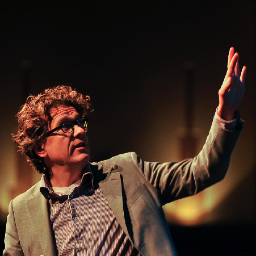READY FOR THE QUANTUM LEAP?
October 29, 2013
Google says it’s made great leap. Their recent experiments with the quantum chips provide further proof that the D-Wave processor can use quantum entanglement to do calculations, even though it may not be a generic quantum computer just yet. D-Wave has always claimed that its chips involved entanglement, but it had been difficult to conclusively demonstrate what they could do before now. Google has revealed that its upcoming wearable computer, Glass, will in part be powered by quantum computing.
There are many mind-blowing applications of entanglement in front of us. As Peter Shor, the mathematician who wrote an algorithm that runs on a (generic) quantum computer (Shor’s algorithm) once said:
“The boundaries between hard and easy seems to be different in a quantum world than in a classical world”
He talked mainly about algorithms that would literally take forever in our current technology, but which could be calculated instantly in a quantum computer, making things like traditional encryption and password protection useless.more–>
One of the other hard things to do that may over time become possible is teleportation of matter. Chinese researchers already used the term ‘teleportation’ to describe how they transmitted the state of an object across some distance, essentially ‘teleporting information’. In a study published in Nature they describe the teleportation of the state of one qubit across a 97 km long lake.
Did you know?
A classical computer has a memory made up of bits, where each bit represents either a one or a zero. A quantum computer maintains a sequence of qubits. A single qubit can represent a one, a zero, or any quantum superposition of these two qubit states; moreover, a pair of qubits can be in any quantum superposition of 4 states, and three qubits in any superposition of 8. In general, a quantum computer with n qubits can be in an arbitrary superposition of up to 2^n different states simultaneously (this compares to a normal computer that can only be in one of these 2^n states at any one time). Entanglement is a quantum behavior that links particles with no apparent physical connection between them.
This inspiring 6 minute video made by NASA and Google tells you more about quantum mechanics
The Verge reports that reports that Google engineers have already used D-Wave to design a better blink-detection algorithm, which will allow Glass users to “click” on links by blinking. The Verge writes: “For engineering reasons, the quantum processor can never be installed in Glass, but together with Google’s conventional server centers, it can point the way to a better blink-detecting algorithm”. That would allow the Glass processor to detect blinks with better accuracy and using significantly less power. If successful, it could be an important breakthrough for wink-triggered apps, which have struggled with the task so far.

 English | EN
English | EN 